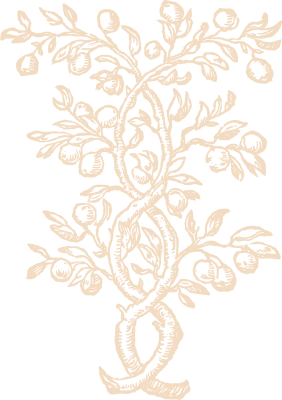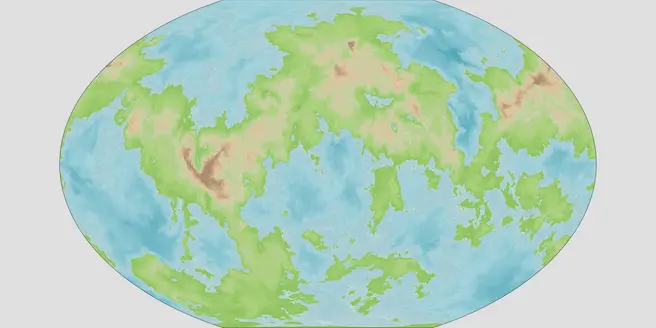
Worldbuilding pt. 03: planet
In Worldbuilding pt. 02, I created basic concepts for the eight gods of my new setting: The Gifted, The Willed, The Pure, The Just, The Thriving, The Fervent, The Great, and The Tireless. Now they need something to create.
Today I will think about how these gods created my setting’s main planet, what does that planet look like, and set the stage for the next chapters of my worldbuilding journey.
Building a world
Let’s quickly go back to the my latest addition to the creation myth:
The weavers are eight and, intertwining themselves with the threads, they make the mortal realm. They craft heaven, earth, and everything in between. They are part of creation and creation is a part of them.
In my mind, the gods are the world. This thought isn’t original at all and, in fact, is very reminiscent of Spinoza’s Deus sive Natura (“God is Nature”). In practice, this means that the gods can express their will through natural phenomena and the work of their disciples, but they can’t descend from the heavens and tear a mountain apart.
The basic assumption is that the planet will be fairly Earth-like. No floating islands, no continents with evocative shapes, no magical weather, etc. However, I’m not going for 100% scientific accuracy here! I want the planet to look completely mundane at first glance, but leave you wandering if there is something more to it than meets the eye.
With this prompt in mind, I started playing with online planet generators to see if I could find something that fit the bill. I like this kind of program because they usually create believable coastlines and heightmaps without being too constrained by real world geology. I also can’t draw to save my live, so they’re better than anything I could have done from scratch.
My favorite procedural generators are Donjon’s Fantasy World Generator, Torben’s Planet Map Generator, GM World Map, and Azgaar’s Fantasy Map Generator. They all have their own pros and cons, but the most feature-rich is probably Azgaar’s, so I recommend starting there.
In the end, however, it was a map from Torben’s that caught my attention. The geography was pretty plausible, but what really got me was the shape of the main continent: it formed a rough ring with a massive sea right in the middle. Immediately, I felt like this played very nicely with the concept of the Prime that I talked about in Worldbuilding pt. 01; a fully connected world, with a “positive” side (the peaceful interior sea) and a “negative” side (the untamed outer sea).
![“[…] a rough ring with a massive sea right in the middle”](https://thedicesociety.com/images/posts/planet/original.webp)
“[…] a rough ring with a massive sea right in the middle”
Making it mine
After generating the main map, it was time to tweak it until I was completely satisfied. At some point I’ll make a full tutorial about my process, but the gist of it was:
-
Generate the planet and heightmap in Torben’s Planet Map Generator. I spent way too much time on this step. Don’t be like me, seriously.
-
Adjust the color scheme in Affinity Photo or any other image editing software. This is also a good point to fiddle with the heightmap if necessary.
-
Use G.Projector to create as many projections as desired. In my case I also used this software to change where the poles of the planet were, because I wanted the interior sea to be at the north pole.
-
Input the heightmap into Azgaar’s Fantasy Map Generator to get a human-friendly topographic map.
-
Ignore AFMG’s biomes and input that same heightmap into Climate Simulator to get a more accurate biome map.
You can see the final results below. The first image is a Winkel tripel projection with the full world on display, while the second one only shows the north pole with the interior sea. I’m still a bit unsure about the colors, but, since I’m colorblind, this will have to do for now.

Winkel tripel projection
![“[…] the north pole with the interior sea”](https://thedicesociety.com/images/posts/planet/azi_equi_100.webp)
“[…] the north pole with the interior sea”
These maps might still change a bit, specially once my players start asking questions about it, however I’m pretty confident that it’ll mostly stay as it is. All that’s left to do now is give it a name!
I want my planet’s name to work in both Portuguese (my native tongue) and English, be simple, and mean something. The best one I could come up with was Unaria, where un comes from one or unary, and aria comes from -arium (just like it does in Terraria). I also think this won’t change, but who knows… We still have a lot to do.
And that’s it for today’s chapter. Join me next time, when I’ll start thinking about species.